Back to the Future: The Ride was an instant and undeniable classic; a cinematic, cutting-edge thrill matching Disney’s most earnest attempts, expertly fusing film and technology to E-Ticket standards to meet (and some might argue, exceed) the standards Disney had set with STAR TOURS and its counterparts. And even though it was drenched in '90s humor and a rather – eh-hem – ambitious idea of what 2015 could look like, Back to the Future: The Ride (like the series it was based on) seemed self-depricating enough to be retro-cool even into the distant future.
Image: Universal
For that reason, the ride seemed poised to fly on as a shining example of a multi-media attraction years ahead of its time... even when it inevitably fell years behind.
So what happened? Why would Back to the Future: The Ride close?
Changing times
Beginning with 1989's Disney-MGM Studios and 1990's Universal Studios Florida, a wave of "studio-themed" parks spread across the globe – Australia's Warner Bros. Movie World (1991), the five Paramount Parks (1992), MGM Grand Adventures (1993), and more.
Image: Universal
Ostensibly, each was meant to showcase the glamorous "behind-the-scenes" of filmmaking; the stars; the special effects; the sets!
However, the late-'90s began to change things. For one thing, the rise of the DVD and its making-of featurettes, digital special effects, reality TV, and the Internet began to take some of the "glamour" out of behind-the-scenes. To make matters worse, a new era of theme parks (led by Disney's Animal Kingdom and Universal's Islands of Adventure) changed industry standard. Suddenly, those old "studio" parks crammed with unrelated intellectual properties, lighting rigs, and big boxy tan showbuildings looked like cheap cop-outs; like distinctly '90s parks left over in the dawn of a New Millennium.
Image: Universal
The 1999 opening Universal's Islands of Adventure had set a new course for the themed entertainment industry, incorporating timeless characters and habitable adventures in immersive, themed worlds (including one actually designed by Disney Imagineers! We told that full story in Lost Legends: The Lost Continent). By comparison the old Universal Studios Florida (barely a decade old, mind you), looked like a relic... a '90s-styled studio park populated exclusively by films from the '70s and '80s. Yikes.
In the early 2000s, Universal set to work. They began systematically reformatting their Studio park in Florida, aggressively working to reconfigure it in two ways:
1. STORIES – Fresh to death
Image: Universal
In the early 2000s, Universal began replacing the old '70s and '80s films with modern intellectual properties. It must've occured to executives and designers that – fair or not – most '90s kids (who were becoming teenagers just then) had practically no allegiance to the films that had defined their parents' generation... films like Jaws and King Kong reflected that "old" style of movie-making, with practical effects, dragging pace, and dated references. Call them ungrateful, but millennials simply weren't going to come to Universal Studios to see rides based on Earthquake or King Kong or – dare we say? – Back to the Future...
Maybe, if Universal (or anyone) was determined to operate a theme park dedicated to movies, it had to be equally dedicated and forward-thinking in knowing when to change out its lineup to reflect new movies for a new generation.
So systematically, Universal began tearing them out, replacing Kong with The Mummy, Hanna-Barbera with Jimmy Neutron, Alfred Hitchcock with Shrek; The Wild Wild Wild West Stunt Show with Fear Factor; Earthquake with Dwayne "The Rock" Johnson (twice over); Twister with Jimmy Fallon; and Jaws with Harry Potter... come hell or high water, Universal was determined to pack its studio park with the hottest box office blockbusters possible, even if it meant that ride's lifetimes would be measured in seasons rather than decades.
2. LANDS – Copying Disney's formula... again
Image: Universal
In Islands of Adventure, Universal had built their best impression of a Disney theme park, meeting (and in places, exceeding) Disney's hallmark commitment to detail, immersion, and innovation. Islands of Adventure was a park comprised of Disney-style "lands" that each contained decidedly timeless characters and stories, not just references to classic, fan-favorite movies. Seuss, super heroes, comic books, Jurassic Park, mythology... these subjects would never become outdated like the neighboring studio park did.
The breakthrough of the Wizarding World of Harry Potter only reinforced the importance of immersive, themed, storytelling... in the streets of Hogsmeade, guests queued for hours to get into gift shops! People would pay big bucks to feel like they were literally inside of their favorite stories, drinking Butterbeer, buying "house robes," and selecting interactive wands...
Which is why Universal set out to transform its studio park in the same way: by retroactively crafting themed, immersive, Disney-style lands a step above the photorealistic cityscape "backlots" and "sets" the park opened with. (This is especially apparent at Universal Studios Hollywood, which was never designed intentionally as a "theme park" proper... yet now has a central park "icon" at the end of a "Main Street," branching off into lands themed to Despicable Me, The Simpsons, and Harry Potter.)
Flexible future
Image: Universal
Though Back to the Future: The Ride was one of the last Universal classics to fall, it was also one of the hardest hits for fans. In early 2007, Universal Studios shuttered one of the ride's two OMNIMAX domes, publicly citing that it was studying the ride's future. They must've made their mind up quickly, because on March 30, 2007 – after an admittedly long run of nearly 16 years – Back to the Future: The Ride closed forever in Orlando. The Hollywood version followed in September.
Though a profound loss for many fans, the closure of Back to the Future did give Universal an unusual opportunity. As one of the first multi-media attractions right alongside Star Tours, Back to the Future was also one of the first chances to see how such a "blank canvas" could be re-used by simply swapping out the media...
Replacements with reason
Image: Fox / Universal
In 2007 – with the former Institute of Future Technology behind scrims – the word got out. Universal Studios Florida and Universal Studios Hollywood would soon be home to The Simpsons, the blue-collar, yellow-skinned family at the center of the long-running American animated sitcom by James L. Brooks and Matt Groening.
The Simpsons – with a record 30 seasons – is a deeply-engrained piece of pop culture and, admittedly, was a smart fit for bringing a colorful, fun, animated intellectual property to Universal Studios. As "timeless" as Dudley Do-Right and as American as Popeye the Sailor, The Simpsons has been a staple of animation since its 1986 debut, and was a sincere coup for Universal Creative. Naturally, it felt like a brilliant opportunity to bring an agreeable, renowned intellectual property to the park and The Simpsons Ride was announced.
Image: Universal
Behind closed doors, work was already well underway updating the ride experience. Groening, Brookes, and executive producer Al Jean came on board with Universal Creative to design the new ride that would re-use Back to the Future's infrastructure. In the new ride, we'd join The Simpsons on a visit to Krustyland (filled with clever nods and jabs at Disney, SeaWorld, and Universal) for a ride on Krusty's new "upsey-downsey-spins-a-roundsy teen-operated thrill ride" with the murderous Sideshow Bob in pursuit. Packed with dry humor, recognizable characters, and eerily familiar rides, The Simpsons Ride is, admittedly, a pretty significant triumph for Universal, even if it's forever stained in fans' eyes thanks to what it replaced.
Image: Fox / Universal
Inside, Oceaneering International (the sub-sea engineering firm responsible for the groundbreaking SCOOP vehicles on Universal's own Modern Marvel: The Amazing Adventures of Spider-Man) was brought on-board to replace the old Intamin DeLorean motion pods. New 4K projectors with 60 frames-per-second framerates (more than double most films' 24 fps rate) were installed to showcase a 4-minute ride film designed by CGI animation firm Reel FX (based on a 2D version of the ride created by the show's Film Roman studio). Perhaps most impressively, The Simpsons Ride features more than 24 characters from the series voiced by their original voice actors.
The Simpsons Ride officially opened May 15, 2008 at Universal Studios Florida and four days later at Universal Studios Hollywood.
In one particularly obvious shout-out to the building's former resident, a pre-show clip shows poor Doc Brown "two years earlier" standing outside the Institute of Future Technology, applying for a loan to keep it out of foreclosure. Just then, Professor Frink arrives via a time-traveling DeLorean, mowing down the banker and forcing an irate Doc Brown (voiced by Christopher Lloyd!) to sell to the maniacal clown.
Does The Simpsons Ride resonate more with 2017 audiences than Back to the Future: The Ride would? We'll let you duke it out in the comments...
However, it's important to know that The Simpsons Ride had a secondary role... not only did it replace an aging movie reference with a modern modern (and even "timeless") brand, it also kicked off that second aspiration of Universal Studios Florida: themed lands.
Image: Fox / Universal
In 2013, the "World Expo" area that had made the Institute of Future Technology feel right at home was partially leveled and transformed into Springfield, U.S.A. While perhaps less sought-after than Hogsmeade or Diagon Alley, the transformed area created a full-fledged Simpsons land in both Orlando and Hollywood, where (following the Wizarding World model) guests can grab Duff Beer, Flaming Moes, Lard Lad Donuts, and Krusty Burgers. A much more apt use for the space than the cold World Expo, the new Springfield land angles both Studios parks closer to the immersive, themed model they're after.
Though it all, one remaining Back to the Future: The Ride did last.
Image: Thord Daniel Hedengren, Flickr (license)
A version of the ride opened alongside Universal Studios Japan in 2001, a decade after Florida's debuted. Fittingly, it closed a decade after Florida's did, taking its final rides May 31, 2016. Rather than The Simpsons Ride, Japan's Institute of Future Technology was instead transformed into Despicable Me: Minion Mayhem (which had replaced Jimmy Neutron's Nicktoon Blast and fellow Lost Legend: T2 3-D in Florida and California, respectively).
Click and expand for a larger and more detailed view. Image: Universal / Illumination
The ride there is a much-needed headquarters for all things Minion (wildly popular in Japan), and an entire Despicable Me themed land called Minion Park was construction at its entry.
OUTATIME
For you and I, the chance to ride Back to the Future: The Ride is gone.
Image: Universal
The best we can hope is that this dedicated Lost Legends entry is enough to spur an appreciation for what may be the greatest ride Universal's ever showcased... a cutting-edge, immersive simulator brilliantly juxtaposing the technology of the past, present, and future in a showstopping, headlining E-Ticket. And whatever you think of Back to the Future: The Ride, we can say pretty confidently that without it, Universal Orlando Resort wouldn't exist at all.
Now that you've blasted through time, don't forget to relive the cinematic excitement of Universal Studios Florida's co-starring Lost Legends – JAWS and KONGFRONTATION – and visit our In-Depth Feature Library to set course for your next adventure.
Image: Universal
Then, use the comments below to tell us your thoughts... Did Back to the Future: The Ride really rival Star Tours? Looking at it through the 20/20 hindsight of 2017, could this one-time blockbuster really have stuck around at Universal Studios, or would it be an embarassingly outdated adventure to today's crowds? Is The Simpsons Ride a good attraction compared to Back to the Future? What about in its own right? Do you miss this time-traveling adventure?
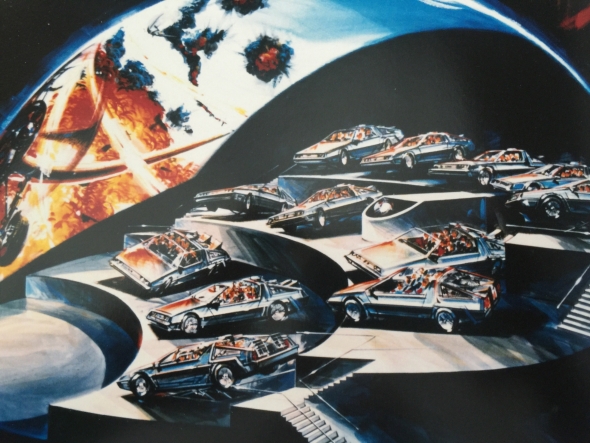
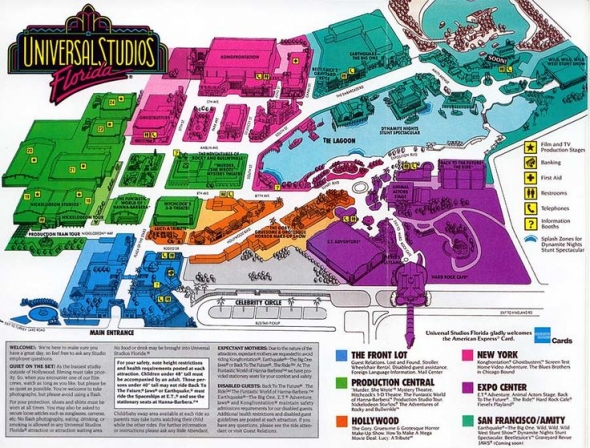
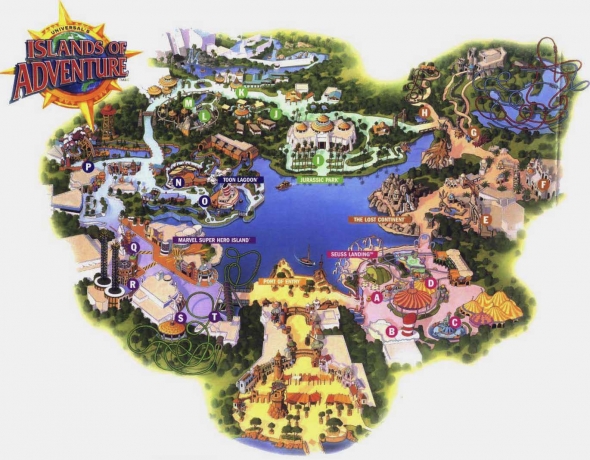
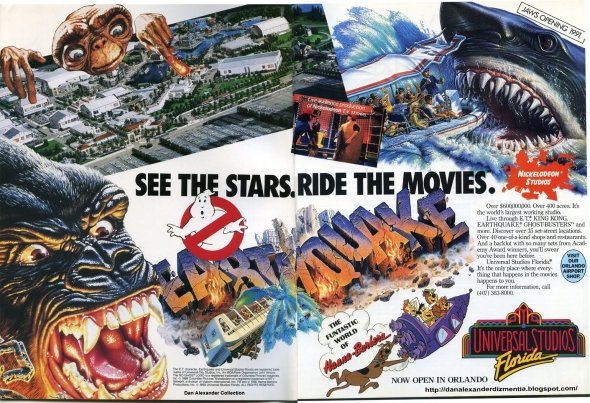
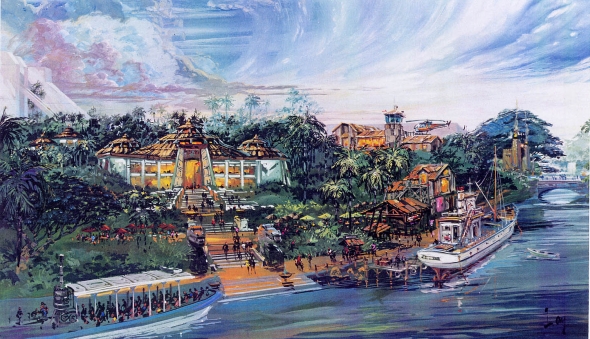
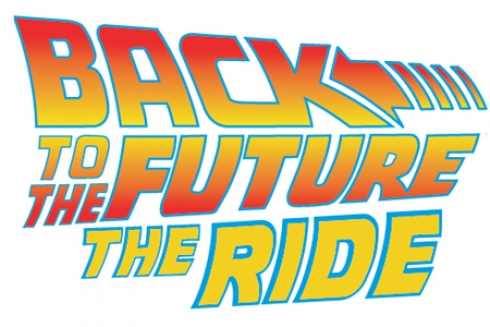
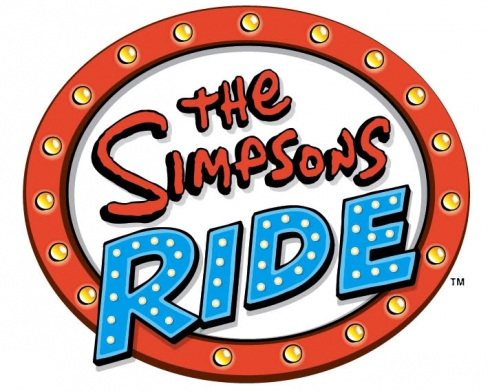
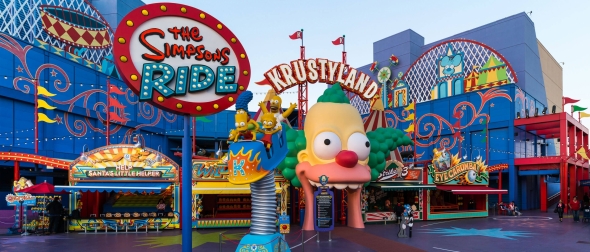
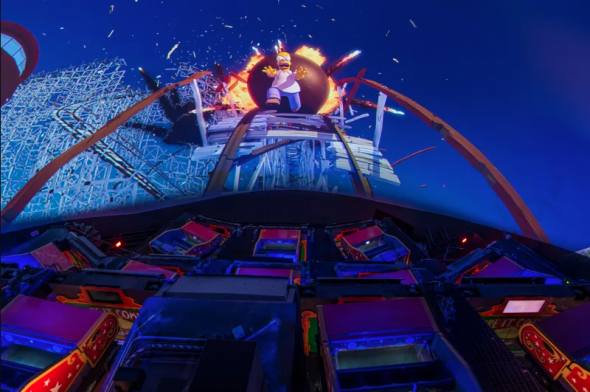
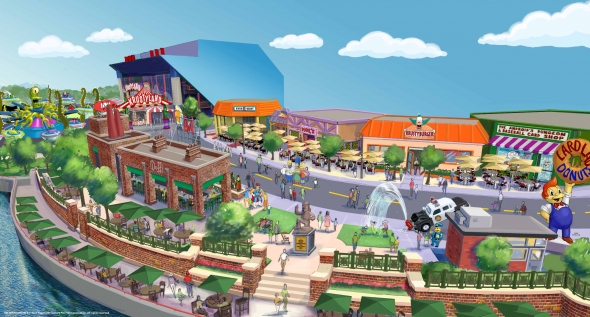
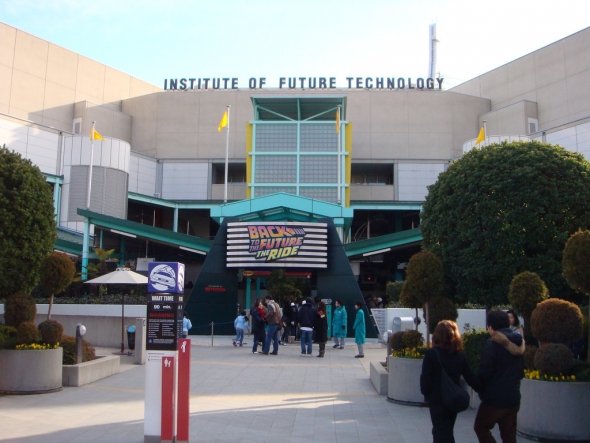
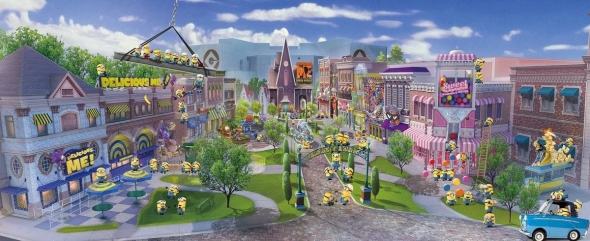



Comments
I never rode the original, but loved the Simpsons ride on our first visit soon after it opened. But last year it was incredible how much the video quality has deteriorated. It was barely visible, and REALLY needs to be redone. It’s embarrasingly bad. Totally agree about the land, though, Springfield is a lot of fun.
In fact the motion hydrolics on the ride were too highly strung and beat the living hell out of me when I rode it in the 90s. I almost didn't go on the Simpsons because of it but that turned out to be OK.